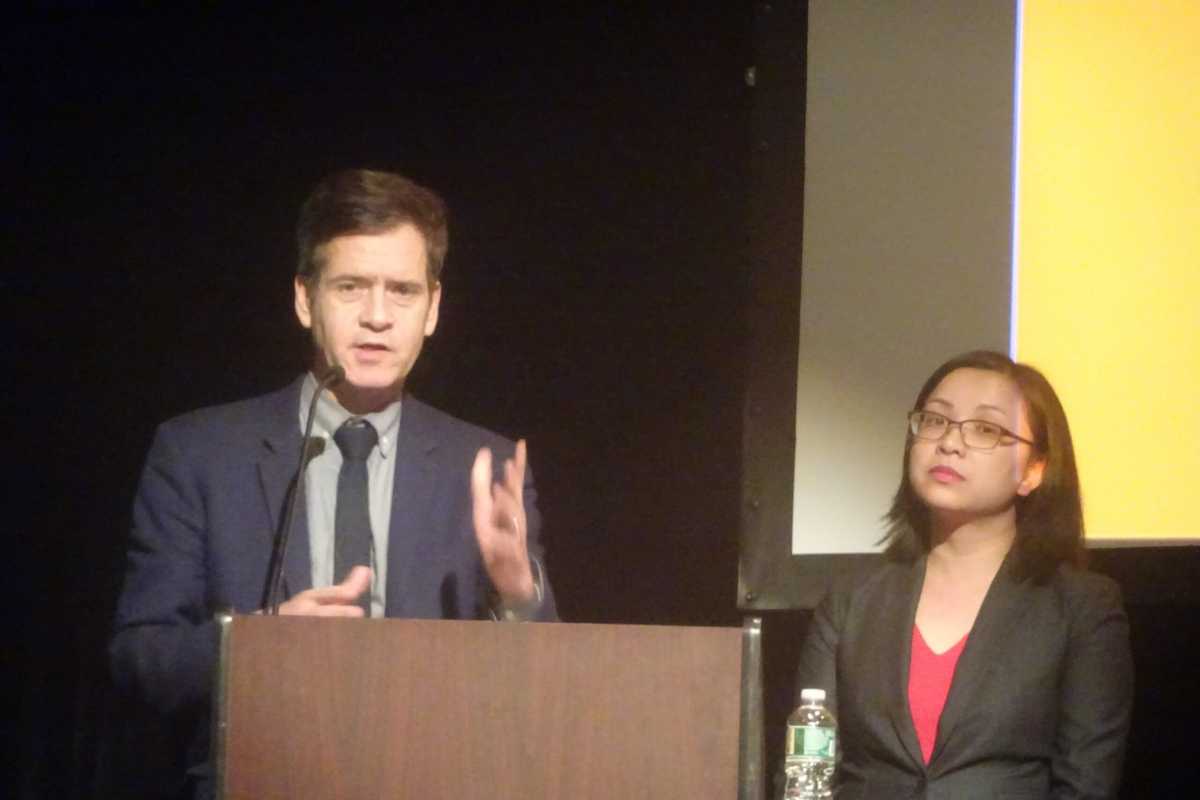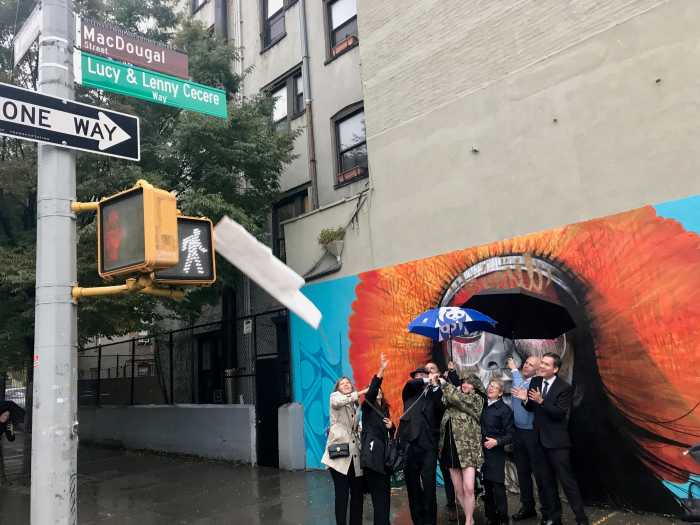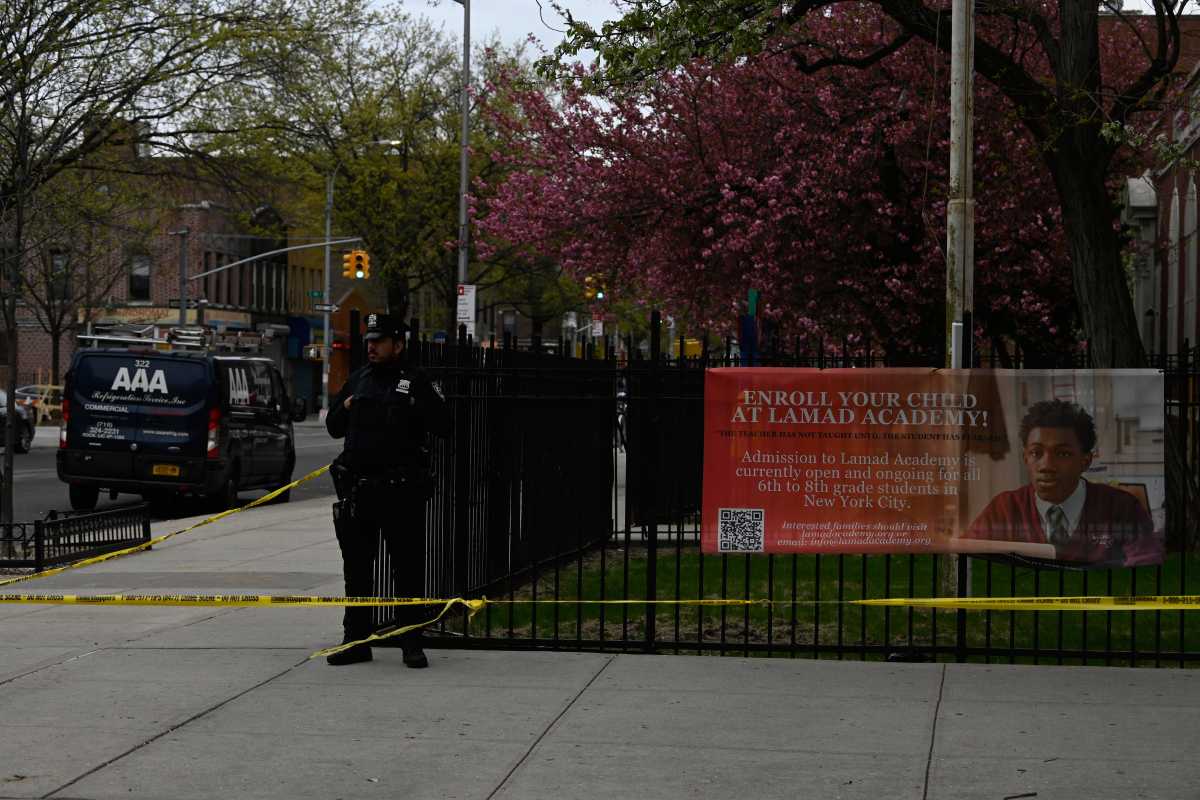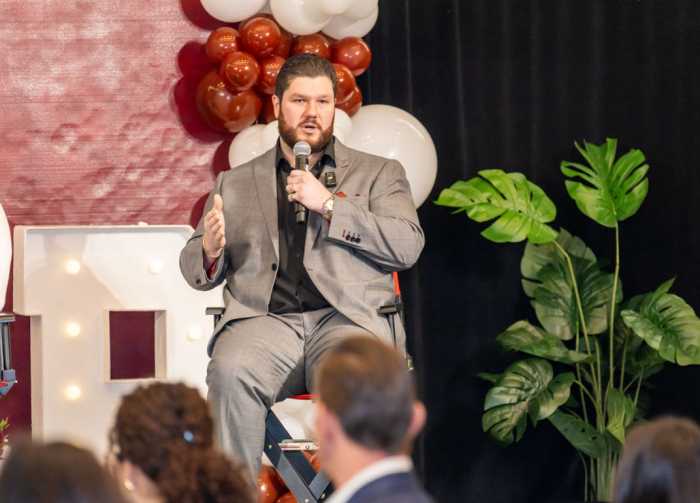Ilia Edwards-Novelo could tell early on that her son Rowan was bright. He was already reading word books by the time he was eighteen months old, and he excelled in pre-K and kindergarten. When he got to elementary school, though, he ran into trouble, as his reading skills fell far behind his peers.
“By the end of first grade, I knew something was not right,” said Edwards-Novelo. “Homework had become a struggle, and his self-esteem began to plummet. ‘I can’t do it! I can’t read! Everybody else can read but me!'”
It wasn’t until the beginning of third grade that Edwards-Novelo managed to turn things around. She met the parent of a dyslexic child, and after speaking with her, she realized that all of the symptoms she described matched Rowan’s. With this knowledge, she enrolled Rowan in the Windward School, a private school for students with dyslexia and other language-based learning disabilities. There Rowan was finally able to get the help he needed.
“Within a few weeks, he would begin his homework without prompting and complete it independently,” said Edwards-Novelo. “He always wanted to be a successful student, and there he was – finally, doing homework just like everybody else.”
Today, Manhattan electeds and community leaders are discussing how to ensure that no dyslexic child has to go through the years-long struggle that Rowan did.
Manhattan Community Board 2 (CB2) hosted a panel discussion on dyslexia last night, going over the warning signs, what parents can do to advocate for their children, and a recent proposal for a new school for the dyslexic in Greenwich Village. The panel took place last night at 6:30 p.m. at the Sheen Center for Thought and Culture, 18 Bleecker St. It was co-hosted by Council Member Margaret Chin (D-Battery Park City, Chinatown); New York State Senators Brad Hoylman (D-Chelsea, Midtown) and Brian Kavanagh (D-Lower East Side); Manhattan Borough President Gale Brewer (D); Comptroller Scott Stringer (D); Assemblymember Deborah Glick (D-East Village, West Village); and Representative Jerrold Nadler (D-Manhattan, Brooklyn).
The panel began with an overview of what, exactly, dyslexia is – courtesy of Emily Hellstrom, Chair of the Students with Disabilities Committee. Dyslexia, she said, is a neurobiological condition characterized by difficulties with word recognition, spelling and word decoding. This, naturally, leads to difficulties reading and writing – two fundamental pillars of our education system.
Brad Hoylman, the father of two young girls, said that the issue hits particularly close to home for him.
“[Dyslexia] is a vexing issue for parents,” said Hoylman. “My husband and I know that personally. We, as parents, kind of backed into the issue, not knowing in advance how to spot the warning signs of dyslexia. Clearly, early intervention is the way to go. And when up to 20 percent of our schoolchildren possibly have dyslexia, we need the Department of Education and the State of New York to recognize it as an issue early on and provide parents with screening opportunities.”
CB2 member Jeannine Kiely described the state’s current method of accommodating dyslexic students as a “wait to fail” system. By this, she meant that school officials only intervene to help at-risk students after they start to fall behind.
“As schools shift from ‘learning to read’ in the early grades to ‘reading to learn’, struggling readers fall further and further behind,” said Kiely. “In New York City, in fourth grade, less than 20 percent of students with disabilities pass the state ELA and math tests.”
Fortunately, education experts have devised an effective alternative to the “wait to fail” approach – a strategy they call the “Orton-Gillingham Approach”. It’s an intensive, multisensory approach to teaching reading, based on phonics and establishing connections between letters and sounds. The approach is specifically tailored to students for whom reading does not come naturally – like, for instance, dyslexic students.
Currently, there is no public school in the City that bases their curriculum around such an approach – and CB2 is seeking to change that.
In 2012, as part of the New York University expansion project, one of the community givebacks was the option to build a new school at an empty site on the corner of Bleecker Street and LaGuardia Place. Last November, the NYC Department of Education (DOE) announced their intention to move forward with the plan for the Bleecker School.
Today, CB2 and several Manhattan electeds are pushing to make it the City’s first public school tailored to students with dyslexia and related disabilities. Last December, Margaret Chin sent a letter to DOE Chancellor Richard Carranza, urging him to explore the possibility.
“In addition to wanting a public school, we want something more specific,” said Gigi Li, Chief of Staff for Margaret Chin. “We want the DOE to commit to a school that focuses on the needs of kids with dyslexia.”
In order for construction on the school to begin, the DOE must receive the necessary funding by Dec 31, 2021. Scott Stringer, who co-signed Chin’s letter, hopes to see the project reach its completion.
“When I was Manhattan Borough President, we talked about the Bleecker School, and it is time to have the Bleecker School,” said Stringer. “The reality is that all of our kids have something – and the earlier we identify a child’s issue, the earlier we can fix it.”



































